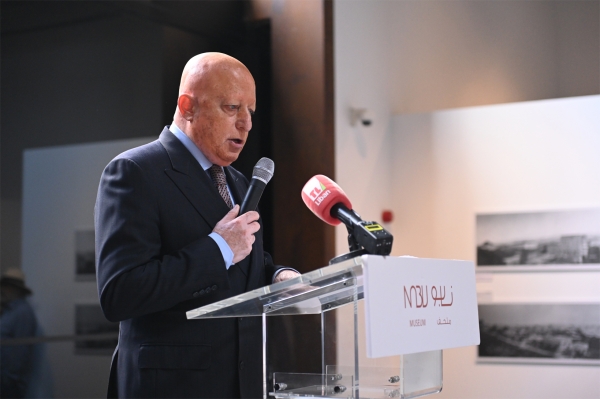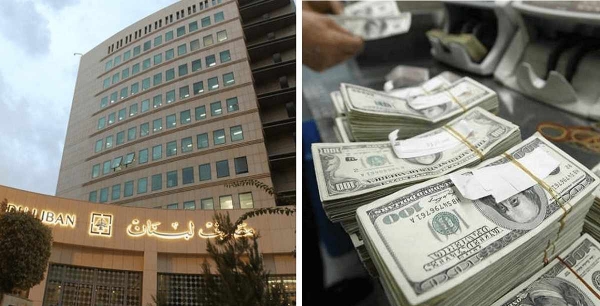The Biography of Amine and Leila
From Palestine, where he was destined to live after his father had joined the Mufti Amin el-Husseini’s campaign against Zionism and the British occupation, Amine El-Hafez returned to Lebanon in the wake of the 1936 Revolution and the intensification of Israeli strikes against Palestinians. In Lebanon, during a demonstration to deplore the arrest of Abdul Hamid Karami, Amine El-Hafez was an eye witness to the death of his friend by the French bullets. He reacted to the incident by quitting the Frères School which was affiliated with the French mandate and moved to Kouliyyat al-Tarbiya w al-Taalim where he completed secondary education. He left for Egypt afterwards where he studied commerce. He went to Switzerland for postgraduate education. He returned to Beirut in the early 1950s and gained ground in the spheres of culture and journalism. In 1960, he was elected MP in Tripoli, after which he became minister and then Prime Minister.
Leila was an only child. Her father had died of cancer. Soon after his decease, her mother sent her to a boarding school in Cairo where her uncles lived but she could not adapt and eventually returned to Lebanon where she obtained a BA degree in political sciences from the American University of Beirut. She freed herself from the shackles tying Arab women and used to have discussions with prominent writers and politicians. She engaged in partisanship and established a good standing in journalism and writing.
Amine and Leila met in Beirut’s coffee shops in the fifties, against the backdrop of Arab turbulence. Their meetings and get-togethers would span for hours during which they discussed politics, literature and music. They fell in love and ended up getting married.
The book unveils the particulars of the designation of PM Amine El-Hafez as Prime Minister under the presidential term of Suleiman Frangieh and touches on all the changes and turns that hit Lebanon and the region, recalling the different historical junctures that defined them including the division of Palestine, Abdul Nasser’s era, the Lebanese wars and the Cairo and May 16 Agreements. In a nostalgic reminiscence, the authors conjure up the golden age of Cairo, evoking the massive cultural, literary and political activity that invaded the Egyptian capital at that time. Equal attention is accorded to the heyday of Tripoli and images of the city’s airs and graces, its neighborhoods and people are resurrected.








Leave A Comment